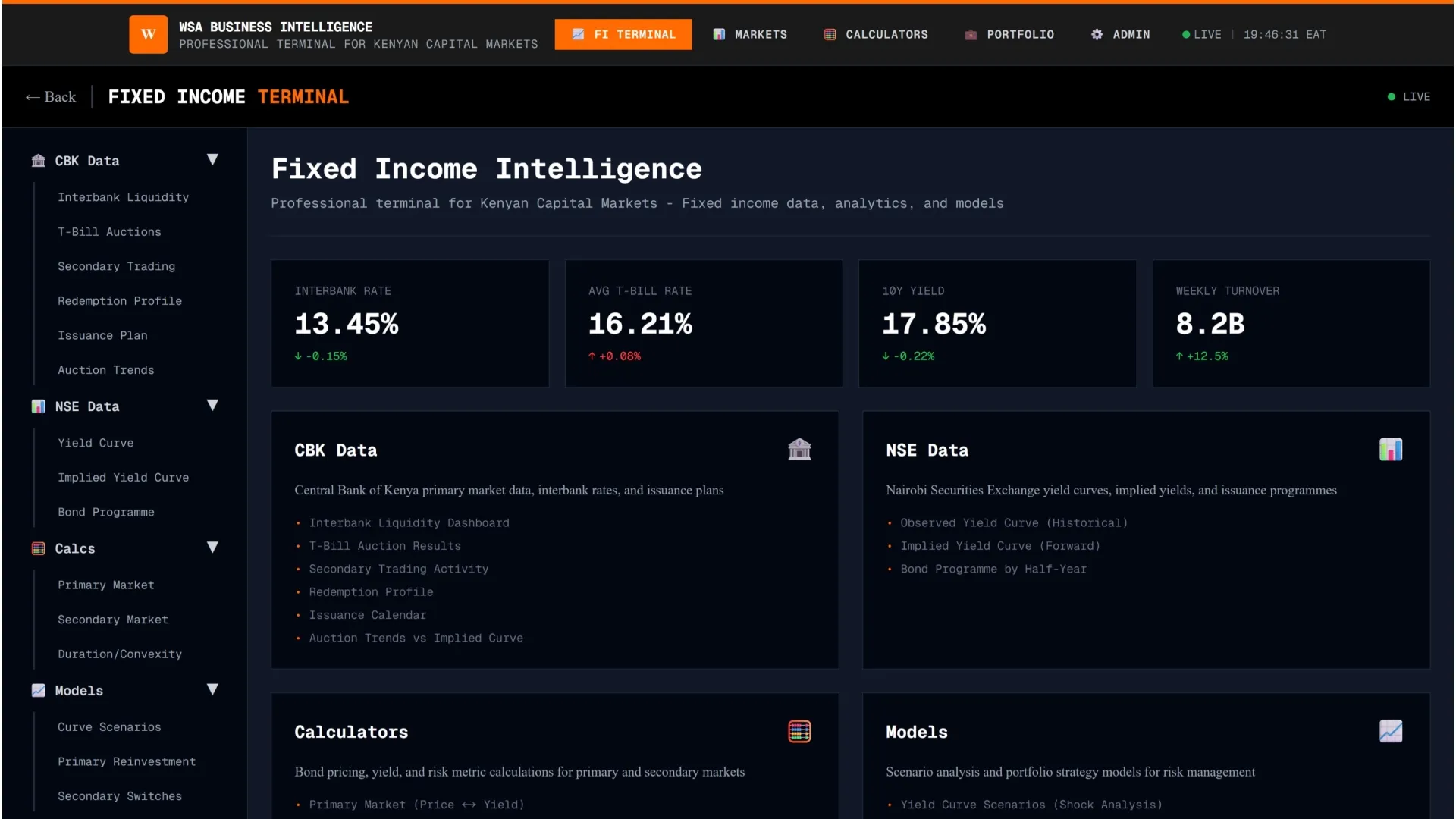Easing interest rates and expanded access to credit are expected to stimulate investment across key sectors, including agriculture, manufacturing, tourism, and digital services, Parminder Kaur Umesh, a Nairobi-based research analyst, writes.
Kenya’s macroeconomic outlook remains resilient, underpinned by strategic policy recalibration aimed at stimulating growth and easing fiscal pressures.
- •In October, the Central Bank of Kenya (CBK) extended its monetary easing cycle, lowering the Central Bank Rate (CBR) by 25 basis points to 9.25%—marking the eighth consecutive cut.
- •The successive cuts are indicative of CBK’s policy stance to bolster domestic demand in an environment of contained inflation and limited fiscal headroom.
- •A strategic mix of supportive monetary policy, proactive debt management, and ongoing structural reforms in credit pricing and fiscal governance is positioning the economy for sustained growth through 2026.
Market rates have adjusted in tandem, with average lending rates declining from 17.2% in late 2024 to 15.1% by September 2025. The resulting improvement in credit conditions is unlocking financing for households and businesses, particularly small and medium-sized enterprises (SMEs) and retail borrowers.

As borrowing costs continue to ease, momentum is building in capital formation and consumer spending. Liquidity-sensitive sectors such as construction, manufacturing, and retail stand to gain significantly from the ongoing credit expansion.
Strengthened investor credibility may translate into lower future borrowing costs and improved access to global capital markets.
Private sector credit grew by 5.0% in September, marking the fastest expansion in over a year. Simultaneously, the non-performing loan (NPL) ratio improved to 17.1%, down from 17.6% in April. The implementation of the Risk-Based Pricing Framework is poised to enhance transparency and efficiency in loan pricing by better aligning credit risk with cost.

These reforms will support stronger loan book growth and further improve portfolio quality across the banking sector. By reducing systemic risk and fostering more accurate risk pricing, the framework may also boost institutional investor confidence in Kenya’s financial sector assets.
Managing Debt
Kenya successfully accessed international capital markets with a $1.5 billion Eurobond issuance, featuring a 7.5-year tenor. A portion of the proceeds was allocated to repurchase $1.0 billion of outstanding 2028 notes, effectively reprofiling the debt portfolio. The transaction attracted strong investor interest, with the offering oversubscribed by a factor of five—indicating market confidence in Kenya’s macroeconomic policy trajectory.
This strategic debt operation mitigates rollover risk and smooths the sovereign maturity profile. Additionally, the inflows alleviate pressure on domestic borrowing and provide near-term budgetary support. Strengthened investor credibility may translate into lower future borrowing costs and improved access to global capital markets.
Headline inflation remained stable at 4.6% in September, well within the Central Bank of Kenya’s target range. Core inflation moderated to 2.9%, reflecting subdued underlying price pressures, while non-core inflation accelerated to 9.6%, largely due to temporary food price shocks. Meanwhile, foreign exchange reserves rose to $10.8 billion, equivalent to 4.7 months of import cover.

Price stability continues to support real incomes and bolster consumer confidence. Elevated FX reserves enhance shilling stability and mitigate currency risk for investors. However, the recent spike in food prices underscores persistent structural vulnerabilities in agricultural supply chains, warranting targeted policy interventions.
Kenya’s fiscal deficit is projected to decline to 4.7% of GDP in FY2025/26, while the current account deficit is expected to narrow to 1.7%, down from 2.1%. The government is intensifying efforts to mobilize private capital through Public-Private Partnerships (PPPs) and asset securitization, aiming to ease fiscal pressures and accelerate infrastructure development.
This fiscal consolidation reflects disciplined budget management and contributes to improved sovereign creditworthiness. Concurrently, gains in external balances help mitigate macroeconomic vulnerabilities and reinforce foreign exchange stability. For infrastructure-focused investors, PPPs and PPFs present compelling entry points into Kenya’s evolving investment landscape.
With inflationary pressures subdued and credit conditions steadily improving, the Central Bank of Kenya (CBK) may maintain its accommodative stance, potentially reducing the Central Bank Rate (CBR) to 9.0% by year-end. Easing interest rates and expanded access to credit are expected to stimulate investment across key sectors, including agriculture, manufacturing, tourism, and digital services.




